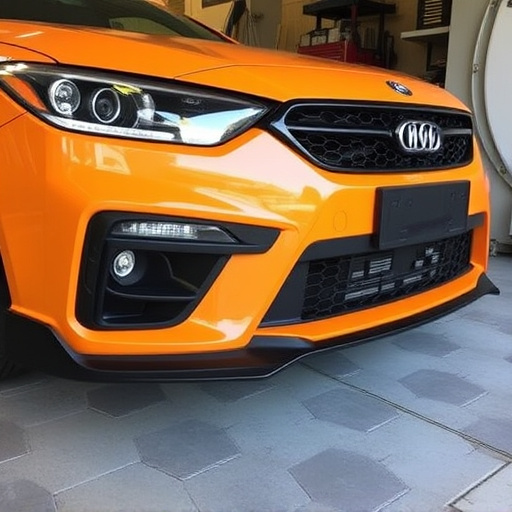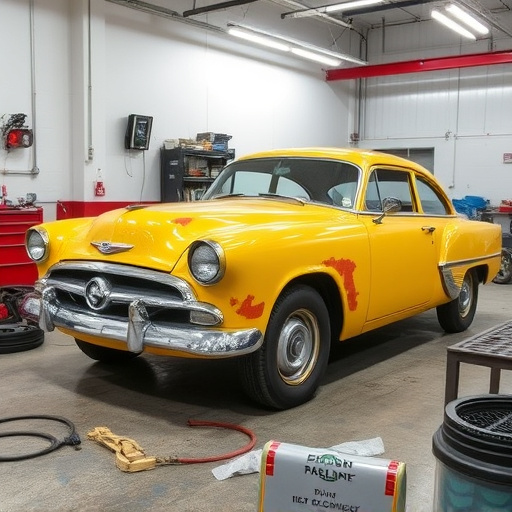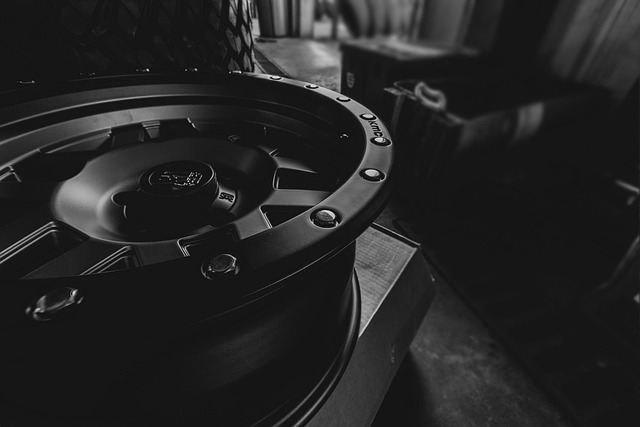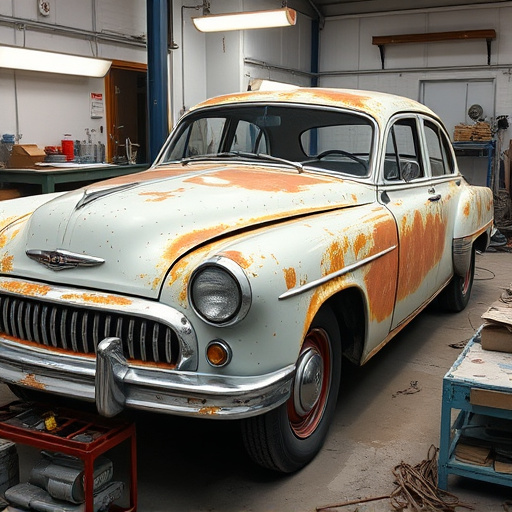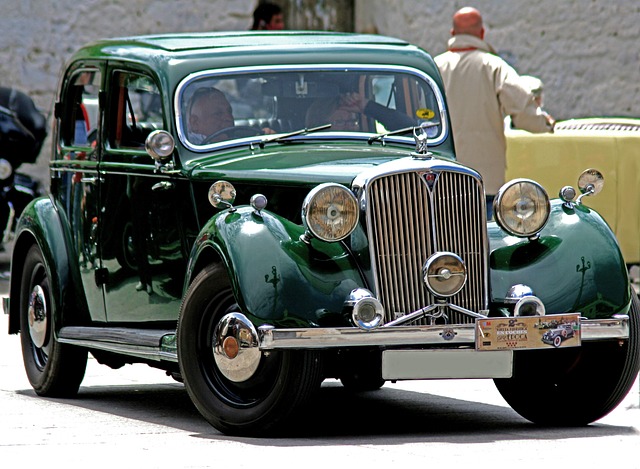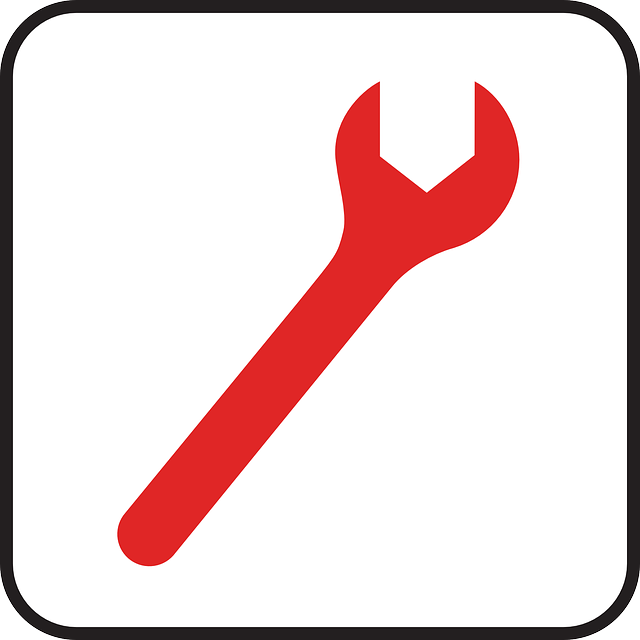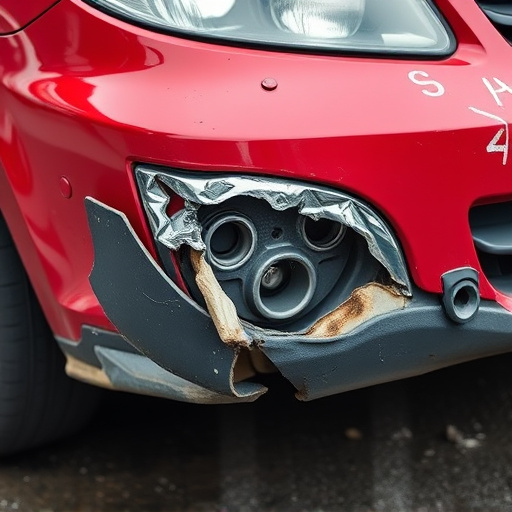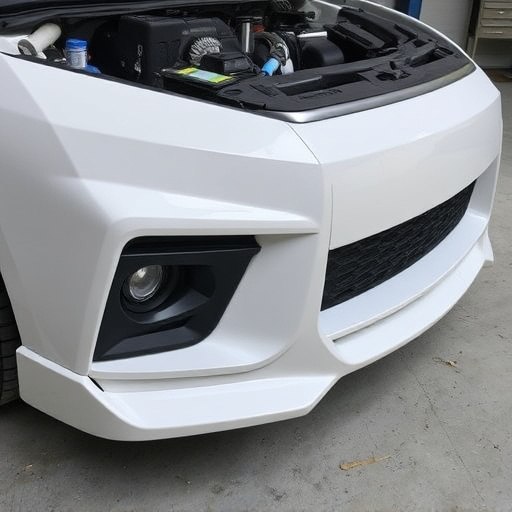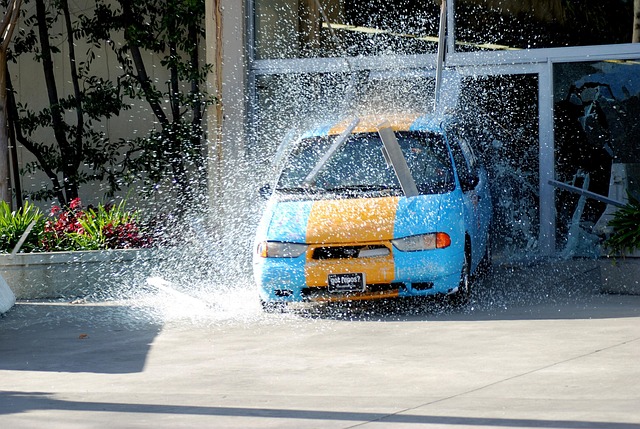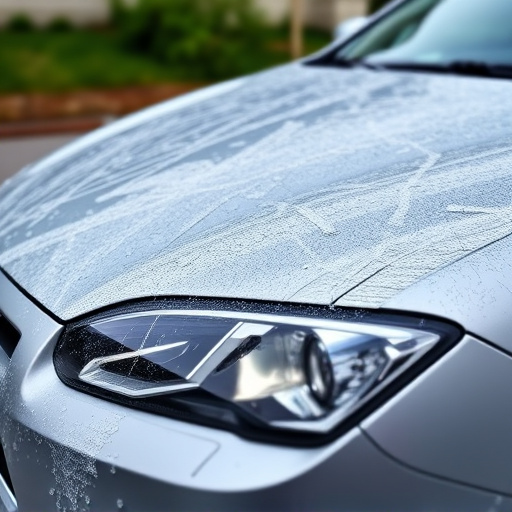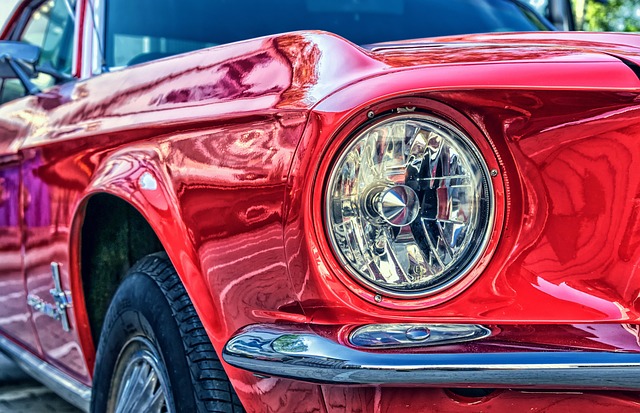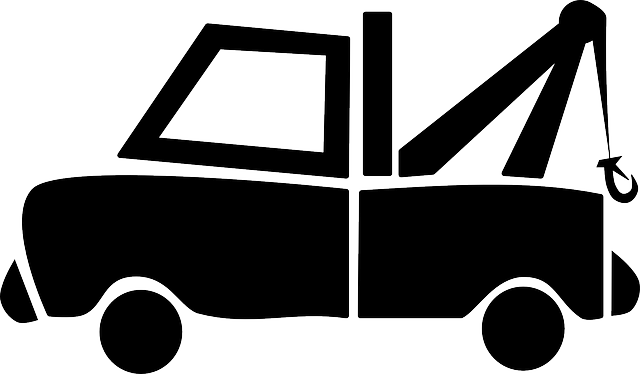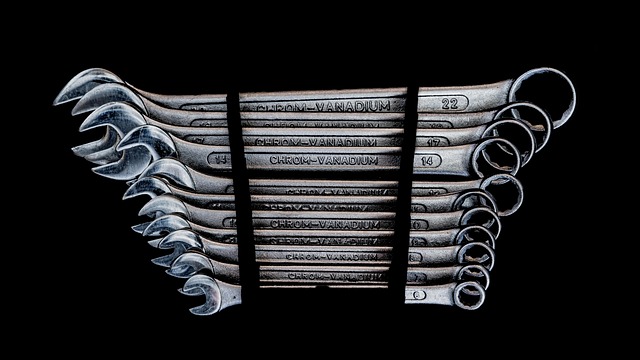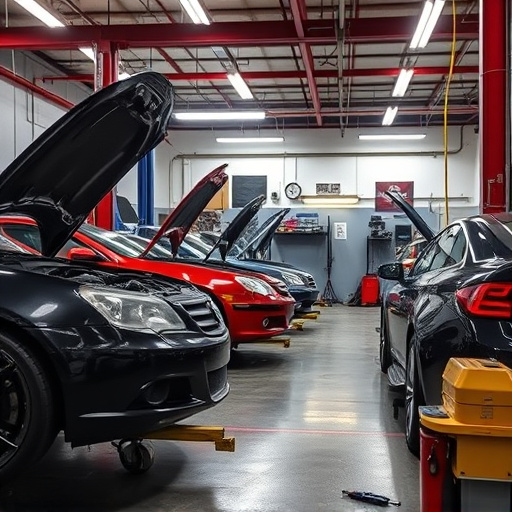PDR for aluminum panels is a cost-effective, non-invasive car dent repair technique using hand tools to access and correct hidden damage without painting or replacing panels. Proper preparation includes gathering specialized tools, cleaning the workspace, and inspecting the dent. This meticulous approach ensures effective PDR results, preserving the original factory finish and restoring the vehicle's like-new exterior appearance.
Learn the art of applying Paintless Dent Repair (PDR) to aluminum panels with this comprehensive guide. Discover how PDR offers a non-invasive solution for dent removal, preserving your vehicle’s original finish. Understand the unique considerations for aluminum, including its softness and corrosion resistance. This step-by-step tutorial covers preparation, essential tools, and a detailed application process, ensuring you master the technique for seamless results on your aluminum panels.
- Understanding PDR for Aluminum Panels
- Preparation and Tools Required
- Step-by-Step Application Process
Understanding PDR for Aluminum Panels
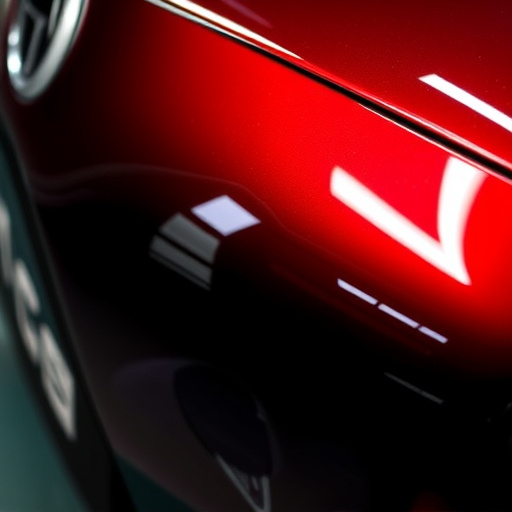
PDR for aluminum panels is a specialized technique used to restore and repair dents and dings on vehicle bodies made from this lightweight yet durable metal. It stands for Paintless Dent Repair, a process that avoids painting or replacing damaged panels by gently pressing and manipulating the metal back to its original shape. This method is particularly beneficial for car owners looking for cost-effective and non-invasive solutions for minor impacts and scratches.
In a car repair shop or body shop services, PDR for aluminum panels involves skilled technicians utilizing various hand tools and specialized equipment to access and correct hidden dents. Unlike traditional body work that often requires extensive sanding, painting, and re-assembly, this technique preserves the original factory finish. As a result, it not only reduces the time and cost of repairs but also ensures a seamless, like-new appearance for your vehicle’s exterior, including its car paint services.
Preparation and Tools Required
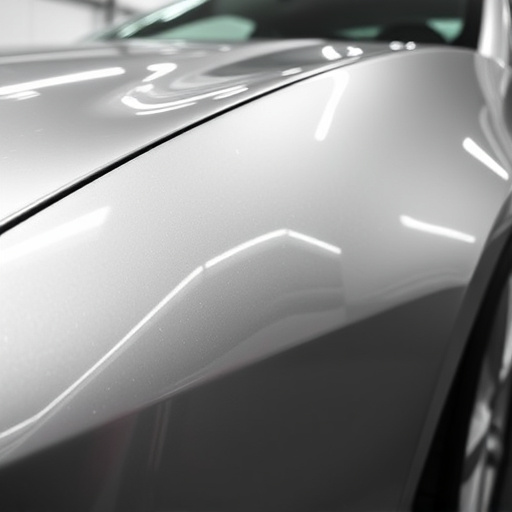
Before you begin PDR (Paintless Dent Repair) on aluminum panels, proper preparation is key to achieving professional results. Gather all necessary tools tailored for aluminum work, including specialized dent removal tools designed for minimal paint damage and a variety of pads suitable for different panel contours. Ensure your workspace is clean, well-lit, and has adequate ventilation to prevent dust and chemicals from causing further issues.
Inspect the damaged area thoroughly and identify any existing debris or contaminants. Clean the surface with a dedicated aluminum cleaner to remove grease, grime, and fingerprints, ensuring the panel is free of any foreign particles. This meticulous preparation not only enhances the effectiveness of PDR but also contributes to a more durable repair outcome in your vehicle body shop or auto body repair facility.
Step-by-Step Application Process
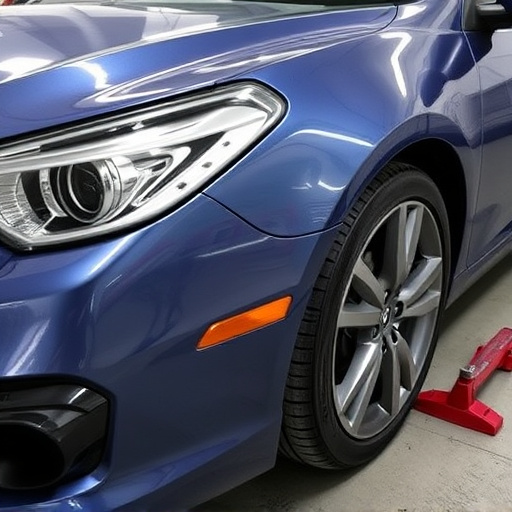
Applying PDR (Paintless Dent Repair) to aluminum panels requires a meticulous and precise approach. Here’s a step-by-step guide for a successful application:
1. Preparation: Begin by thoroughly cleaning the aluminum panel to remove any dirt, grease, or debris. Ensure the surface is free from contaminants as these can hinder the repair process. Next, inspect the dent carefully to assess its size and depth. PDR is most effective for small to medium-sized dents. For complex or deep dents, consider traditional painting methods or consult a professional auto body shop offering Mercedes Benz collision repair services.
2. Tool Selection: Choose the right PDR tools tailored for aluminum panels. This typically includes a variety of pullers and tabs designed to fit different dent sizes and shapes. Ensure your tools are in good condition and compatible with aluminum, as using incorrect tools can lead to damage or poor results. After preparing the area, apply the appropriate amount of PDR gel or compound onto the dented surface. These products help lubricate the process and facilitate the removal of the dent without damaging the surrounding panel.
Properly applying PDR (Paintless Dent Repair) on aluminum panels requires a deep understanding of the process and the right tools. By following the outlined steps, from preparation to application, you can effectively restore aluminum surfaces, ensuring a seamless and long-lasting finish. Mastering PDR for aluminum panels not only enhances aesthetics but also adds value to any vehicle, making it a valuable skill in the automotive care industry.
